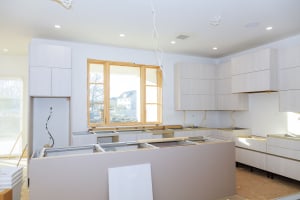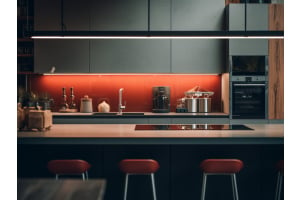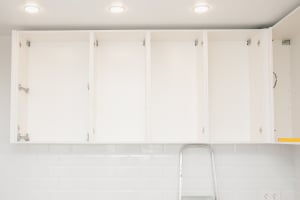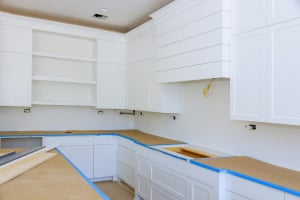If you are struggling with an office door that closes or opens too quickly or too slowly, there’s a good chance your door closer is the culprit. Door closers are devices that are attached to the top of your office doors to regulate or control the operation of the door using either mechanical or electromagnetic technology.
Thankfully, adjusting office door closers isn’t too complicated if you have the right tools. In most cases, you can adjust your door closers using the swing speed, latching speed, back-check, or delayed action settings with a screwdriver, hex key, and small wrench.
Whether you have shopped our stylish collection of office doors and are making adjustments for installation, or are making minor changes to your office, such as removing standard commercial door knobs and replacing them, 27estore has the expert advice you need to help along the way. In this guide, we’ll walk you through the ways you can adjust your office door closers yourself.
What You Need
You only need a few simple tools to make adjustments to your door closers, and these tools are usually found in a standard toolbox: a screwdriver, hex key, and small wrench. In most cases, you will only need to use one of these tools depending on the adjustment you need to make or the type of screws on your door closer.
Sometimes, you can’t see the adjustment valves on your door closers easily. This may be because your closers have fasteners. If you can spot the fasteners, carefully loosen them to slide the cover off.
What if you can’t find the fasteners? Your closer is likely held on by tension, so you can just pull it off to see the adjustment valves.
Adjusting a Slow-Closing Door
If the issue with your door is that it is closing too slowly, you need to adjust the close swing speed. There are features on standard closers that allow you to adjust what is called the ‘close swing speed.’ You should see a small screw labeled with an ‘S’ on your door closer‒this is what controls the swing speed.
To increase your door’s closing speed, turn this screw clockwise. Test the door, and if it closes too quickly, turn the screw counterclockwise. A quarter of an inch can make major changes to your door’s close swing speed, so start with small adjustments and test the door repeatedly until it reaches the desired close speed.
Adjusting a Door That Won’t Latch
If your door isn’t latching properly, you likely need to change the latching speed. The latching speed controls the force at which the door closes, so if the door moves too slowly, the door might not latch properly.
Locate the screw labeled 'L' on your closer‒this controls the latching speed. By turning this screw clockwise, you can increase the latching speed which will help with a door that isn’t closing fast enough.
If you turn the screw counterclockwise, you will slow the latching speed. Non-delayed action door closers should shut and latch in about seven to eight seconds, so use this rule of thumb when making adjustments.
Adjusting a Door That Slams Outward
Struggling with a door that slams into the wall when it opens? You need to modify your closer’s backcheck. A backcheck is an optional feature in door closers that keeps the door from opening too fast, or hitting the wall next to it‒or any other stationary objects!
When your door slams outward, it can be because the pressure in your backcheck is set too high. Search for the screw labeled 'B' and carefully turn it clockwise or counterclockwise to modify the strength needed to open the door.
Adjusting a Door That Closes Too Quickly
When doors close too quickly or slam shut, you need to set the delayed action on your door closer. Delayed action is a feature that sets the time a door will remain open before it begins to close.
This can be helpful if your business receives frequent deliveries, because a longer delay can give delivery drivers more time to walk through the doorway with packages. However, if your office requires a higher level of security and has less foot traffic, a shorter delay time can ensure only approved personnel make it through the doorway without anyone following them in.
Find the screw marked 'D' and turn it counterclockwise to increase the delay time and clockwise to decrease the delay time.
Moving Forward
At 27estore, we have the highest-quality doors and door hardware to keep your office stylish and functional. Looking for more tips and tricks, such as how to change commercial office door knobs? Check out our other posts or shop our exclusive collections today!













